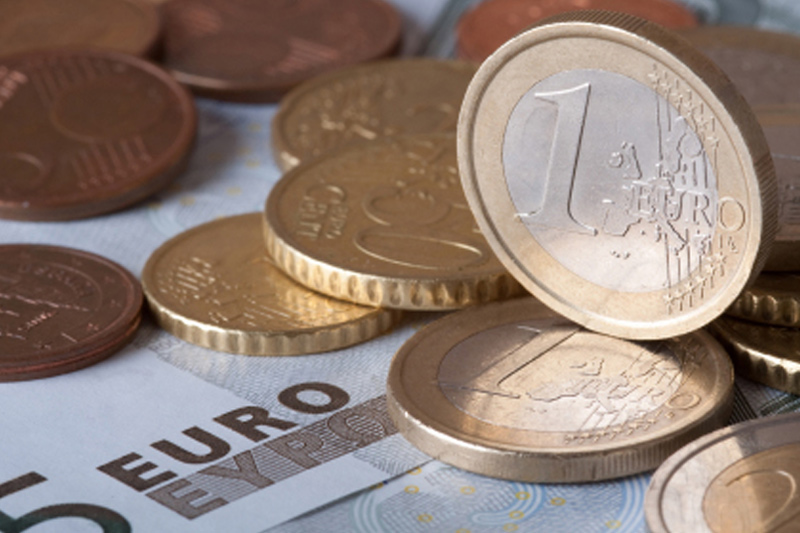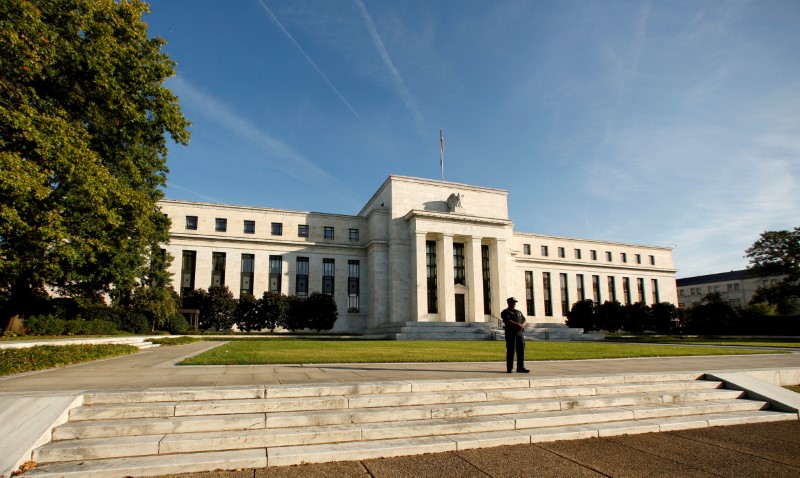
EUD/USD dropped further in Asia on Monday and the dollar jumped as investors mulled the implications of the disputed referendum on Catalonia independence in Spain on the euro zone and a sentiment survey out of Japan in a thin trading day with China's markets shut for the week and holidays regionally expected to see thin flows.
USD/JPY rose 0.29% to 112.83, while AUD/USD traded at 0.7821, down 0.19%. EUR/USDfell 0.36% to 1.1776 and GBP/USD dipped 0.21% to 1.3369.
The Bank of Japan released its Tankan survey for the third quarter with investors focused on the large manufacturers index as it rose to 22, compared with an expected reading of 18.
This week, comments by Fed Chair Janet Yellen will be closely watched for further hints on the timing of the next rate hike along with Friday’s U.S. jobs report.
Market watchers will be looking ahead to remarks by European Central Bank President Mario Draghi on Wednesday.
Also on Monday, financial markets in China will remain closed for a holiday along with South Korea, India and Hong Kong and the UK is to release data on manufacturing activity.
The U.S. dollar index, which measures the greenback’s strength against a trade-weighted basket of six major currencies, rose 0.30% to 93.19.
At the weekend, China's central bank on Saturday cut the amount of cash that some banks must hold as reserves for the first time since February 2016 in a bid to encourage more lending to struggling smaller firms and energize its lackluster private sector.
The People's Bank of China (PBOC) said on its website that it would cut the reserve requirement ratio (RRR) for some banks that meet certain requirements for lending to small business and the agricultural sector.
The PBOC also said said it will maintain prudent and neutral monetary policy and use multiple monetary policy tools to keep liquidity basically stable. The PBOC will continue with interest rate and exchange rate reform while keeping the yuan basically stable, the bank said in comments on its website following a quarterly meeting of its monetary policy committee.
Separately, China's manufacturing activity grew at the fastest pace since 2012 in September as factories cranked up output to take advantage of strong demand and high prices, easing worries of a slowdown before a key political meeting next month.
The official Purchasing Managers' Index (PMI) released on Saturday rose to 52.4 in September, from 51.7 in August and well above the 50-point mark that separates growth from contraction on a monthly basis.
The Caixin/Markit Manufacturing Purchasing Managers' Index (PMI) however fell to 51.0 in September, compared with 51.6 in August, as new export order growth slipped.
Last week, the dollar was little changed against a basket of the other major currencies on Friday after the release of some mixed U.S. economic reports, but the greenback ended September with its first monthly gain in seven months.
The dollar slipped on Friday after data showing that U.S. consumer spending barely rose in August. The data was offset by another report showing an unexpected increase in the Institute for Supply Management's Chicago PMI.
The dollar had received a boost earlier in the week after Yellen indicated that the central bank was sticking to plans for a third rate hike this year and three in 2018.
Expectations that U.S. rates will rise help support the dollar by making U.S. assets more attractive to yield-seeking investors.
The dollar received an additional boost from fresh hopes for U.S. tax reform after the Trump administration outlined plans for a sweeping overhaul of the U.S. tax code on Wednesday.
The euro came under pressure earlier in the week amid fears that political uncertainty Germany could hit the euro area’s economy and make closer euro zone integration more difficult.
Meanwhile, the Canadian dollar fell to its lowest level against the greenback in a month on Friday after data showed that Canadian economic growth ground to a halt in July, easing pressure on the central bank to raise interest rates again.

No comments:
Post a Comment